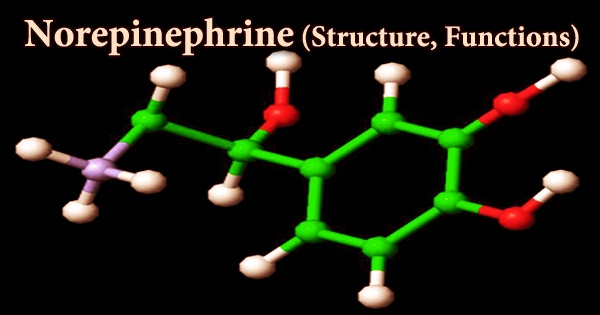Sex is not easily defined or uniformly enacted physiologically. Two X chromosomes or an X and a Y chromosome do not result in binary bodies, destiny, or lives in humans. We’d observe a few clusters of cells in the nascent body get nudged by DNA activity and start to produce new organs, including the clitoris and penis, labia and scrotum, ovaries and testes, if we could crawl into the womb with a child at roughly six to eight weeks of age. All genitals are formed of the same material. Their ultimate form is diverse since they have a few various end functions. However, there is a great deal of overlap.
In reality, at least 280,000 of the 140 million infants born last year did not fit into an unambiguous penis versus labia sex determination paradigm. Sexuality is not determined by genitals, hormone levels, or chromosomes. Persons with XY chromosomes who exhibit feminine traits, people with ambiguous genitalia, and women with testosterone levels beyond the usual “female” range are just a few examples. There is no straightforward biological distinction between male and female. Brains, like kidneys and livers, are not “sexed” at birth, as I show in my book Race, Monogamy, and Other Lies They Told You. Instead, brains are “mosaics” of female and masculine characteristics.
“Busting Myths about Sex and Gender” is an extract from Race, Monogamy, and Other Lies They Told You. Of course, there are evident physical disparities in birth and lactation capacity, as well as a variety of patterns in the growth and distribution of body size, strength, and a variety of other processes. However, most of these patterns overlap, and just a handful are distributed in unambiguous functional dichotomies. Numerous studies have discovered that the disparities between adult men and women are exaggerated and heavily impacted by biological and cultural processes. Humans are naturenurtural, which means they combine nature and nurture.
Many explanations for differences between males and females, for example, are based on assumptions about their evolved reproductive costs. Human reproduction, however, is more complicated than two people having sex, then the female giving birth and caring for the child. While it is now usual for women to raise children on their own or with a male partner (who frequently does not contribute equally to child-rearing), this arrangement emerged relatively recently in human history.
Massive evidence suggests that more than a million years ago, the species Homo (humans) acquired intricate cooperative caretaking, altering the patterns and forces of our evolution. Many human societies still practice “alloparenting,” in which mothers and dads, grandparents, other female and male relatives, and community boys and girls all assist feed, train, and care for youngsters. This intricate intersection of social and reproductive functions is both fascinating and encouraging. Humans do not come in two types when it comes to parenting children. We turned into a collaborative and creative community instead.
The final line is that “man/woman” and “masculine/feminine” are neither biological concepts or anchored only in biology, according to the research. Given our species’ complicated neurobiologies, life histories, and morphological dynamics, the lack of an unambiguous binary is especially noticeable in humans. Millions of people exemplify the numerous successful, biologically different ways to be human.
















